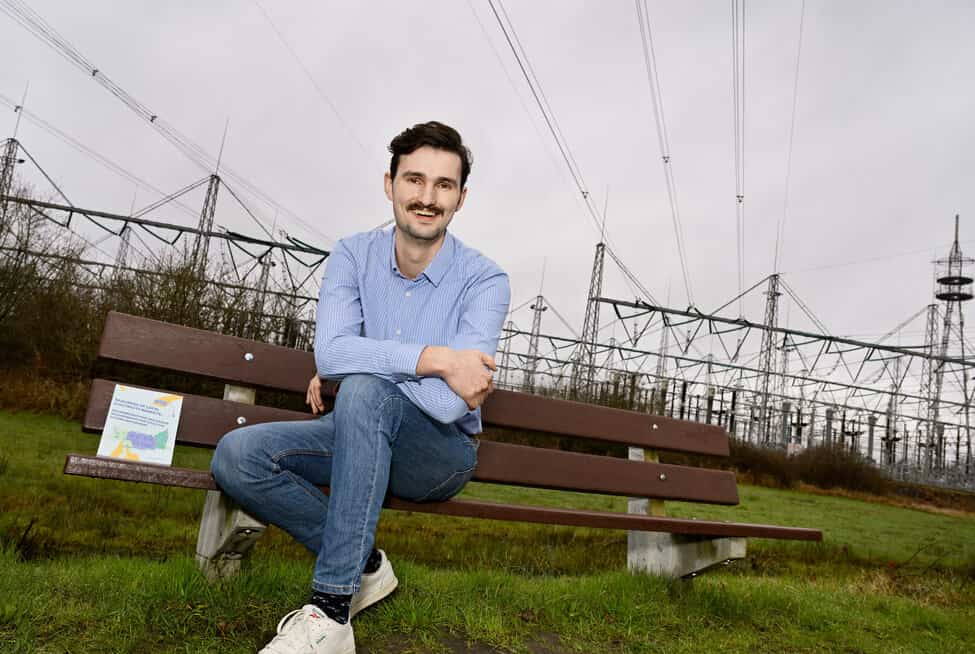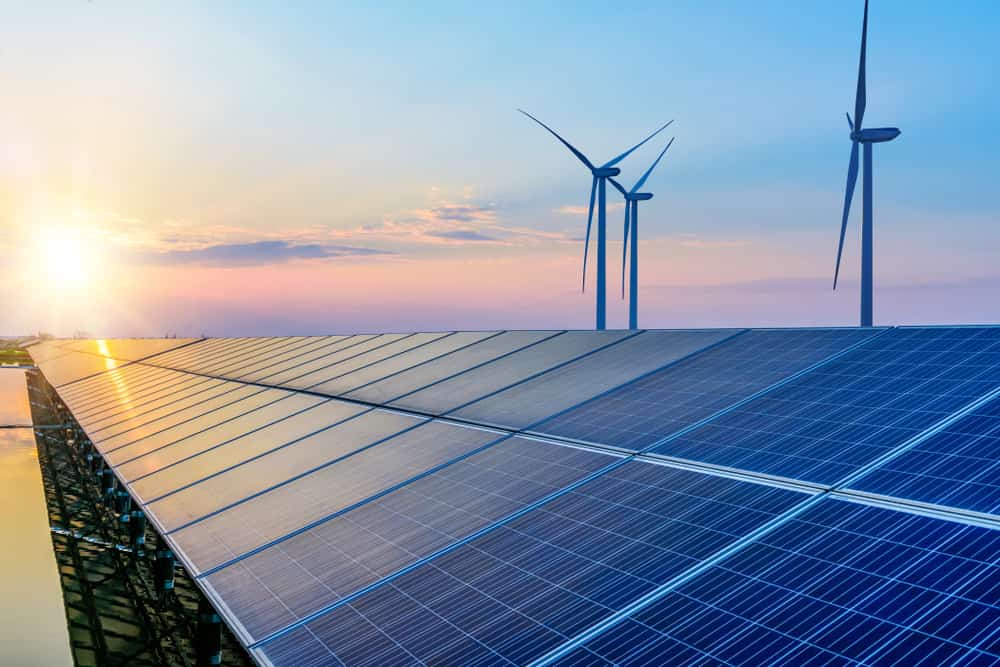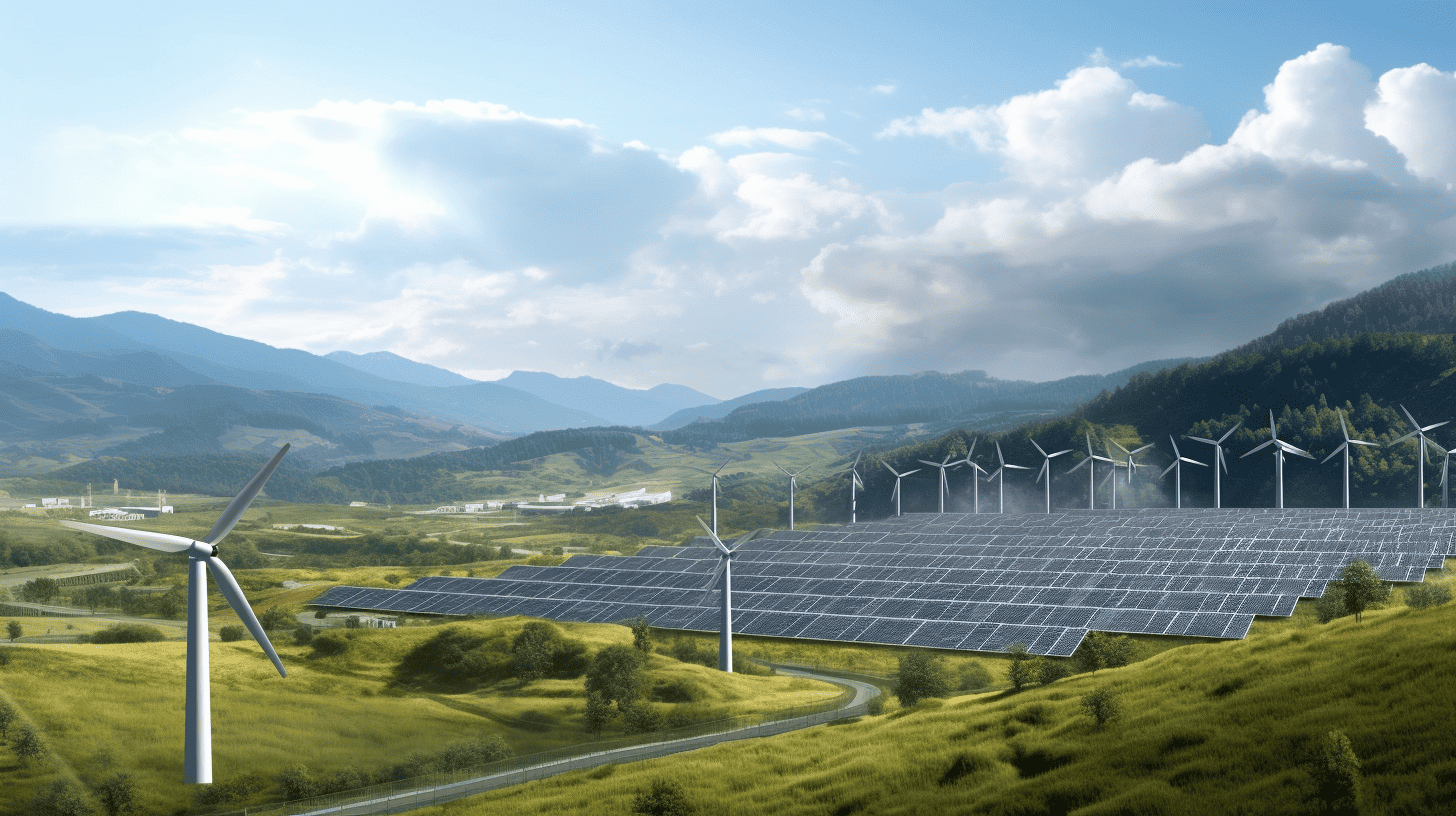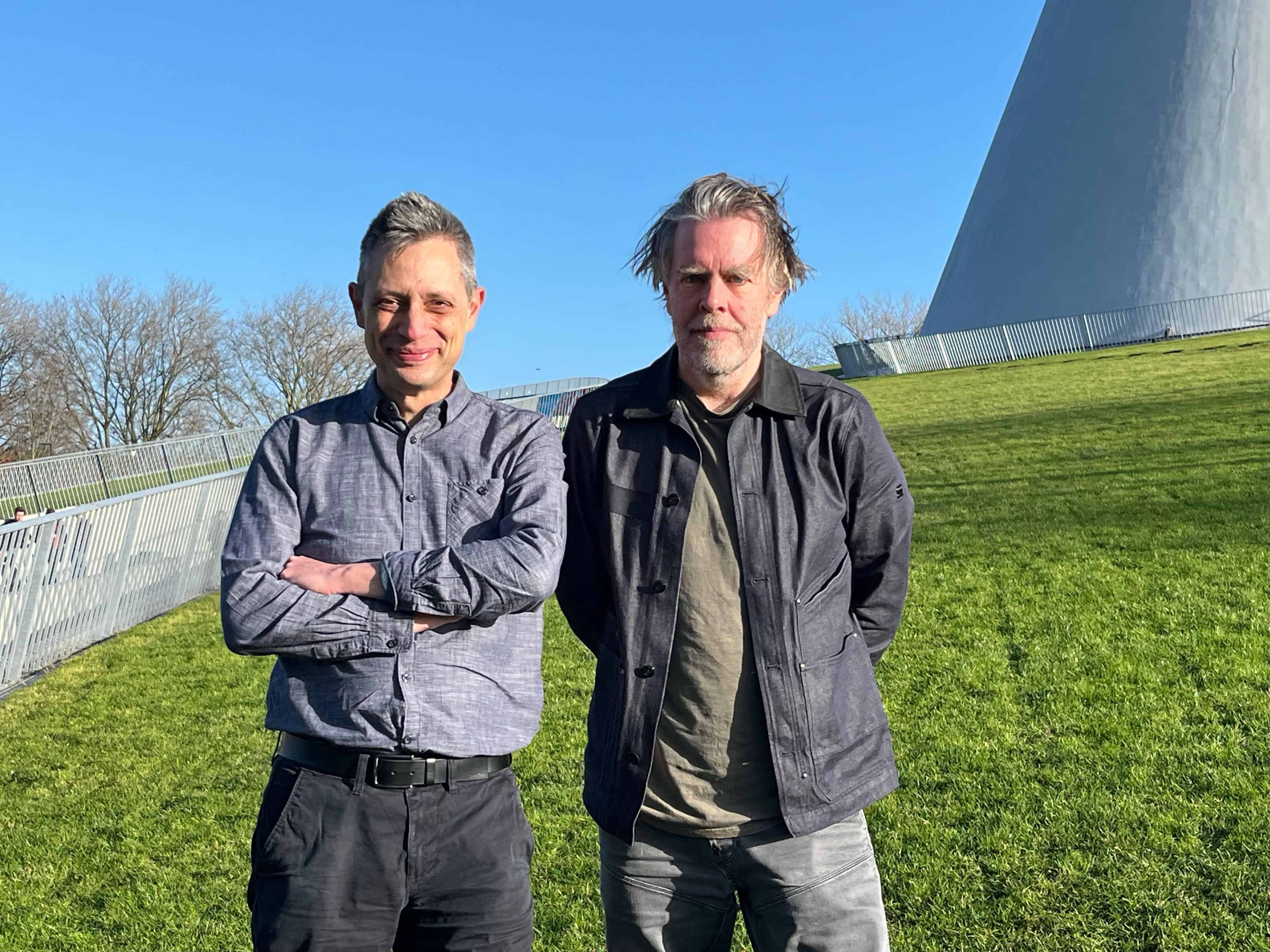
One of the problems facing politicians on all active levels – European, national and municipal – is that they are not always able to sell the energy transition as a good thing. In The Netherlands, they came up with a term that said something like “we have to get rid of gas”, which implies that the general public will have to pay a price. After all, they’ll end up having to buy something new to replace it.
This is a missed opportunity. Given that there are plenty of new energy (related) systems under development and sometimes even already on the market which citizens themselves could earn money from. A good example is the product from SunRoof, a Swedish-Polish start-up that manufactures roofs made entirely of solar cells. Instead of a bluish slab atop a roof that contrasts in an unsightly way with traditional roof tiles, they manufacture roofs made solely out of solar panels for new and existing properties. Therefore, if you have an old building, it can be retrofitted with these solar roofs. According to one of SunRoof’s founders, Lech Kaniuk, their initial costs are recouped within a maximum of five years. “Even in northern Sweden,” Kaniuk says, despite the fact that you have less sunshine there than in most other parts of the world.
Smooth roof
The roof has a smooth appearance. It functions as an energy factory that generates so much energy that a normal household is unable to consume all of it. Not even if you use it to charge your electric car.
That’s why SunRoof has developed a platform for customers who have a SunRoof to sell on their surplus energy. In other words, you will be able to earn money with your roof.
A solution for times when the sun doesn’t shine comes from WIND my ROOF. This French start-up have designed boxes for rooftops that contain a turbine with cylinders that turn whenever the wind picks up.
The boxes must be placed on the edge of the roof because that is where they catch the most wind. A video from WIND my ROOF explains how this works. The wind sweeps over the roof edge of the building and blows through the cylinders of the wind turbine boxes. This is how they generate electricity.
Shower water and saving energy
SunRoof and WIND my ROOF are start-ups that fit into this trend of providing solutions for the standards that buildings must meet by 2050. By then, thesecwill have to function in a CO2-neutral manner.
On another level, you also see products cropping up that aim to make buildings and homes energy efficient. For example, the Portuguese start-up Heaboo has come up with a shower system whereby water from the hot water tap is instantly hot as soon as you turn it on. Consumers on average wait at least half a minute before the water heated by the boiler or some other heating system reaches the shower.
If the pipes are lengthy, you have to wait longer and cold water will drain away for a longer period of time before you can jump under a hot shower. Which is wasteful, as Heaboo founder Rui Teixeira reasons, both in terms of water and energy. That’s why he has invented a thermal battery that you can connect to the shower faucet. The battery radiates heat to the water, which immediately comes out hot whenever you turn the tap on. As soon as the hot water from the boiler reaches the shower, the battery recharges itself using that heat. If all households, gyms, and other institutions that use showers were to switch to this kind of system, it would save a lot of water and energy.
You can also read the previous articles in this series here:
American Nobel Prize winner: ‘Stop subsidizing oil companies’
Ocean waves and giant magnifying glasses should facilitate energy transition








